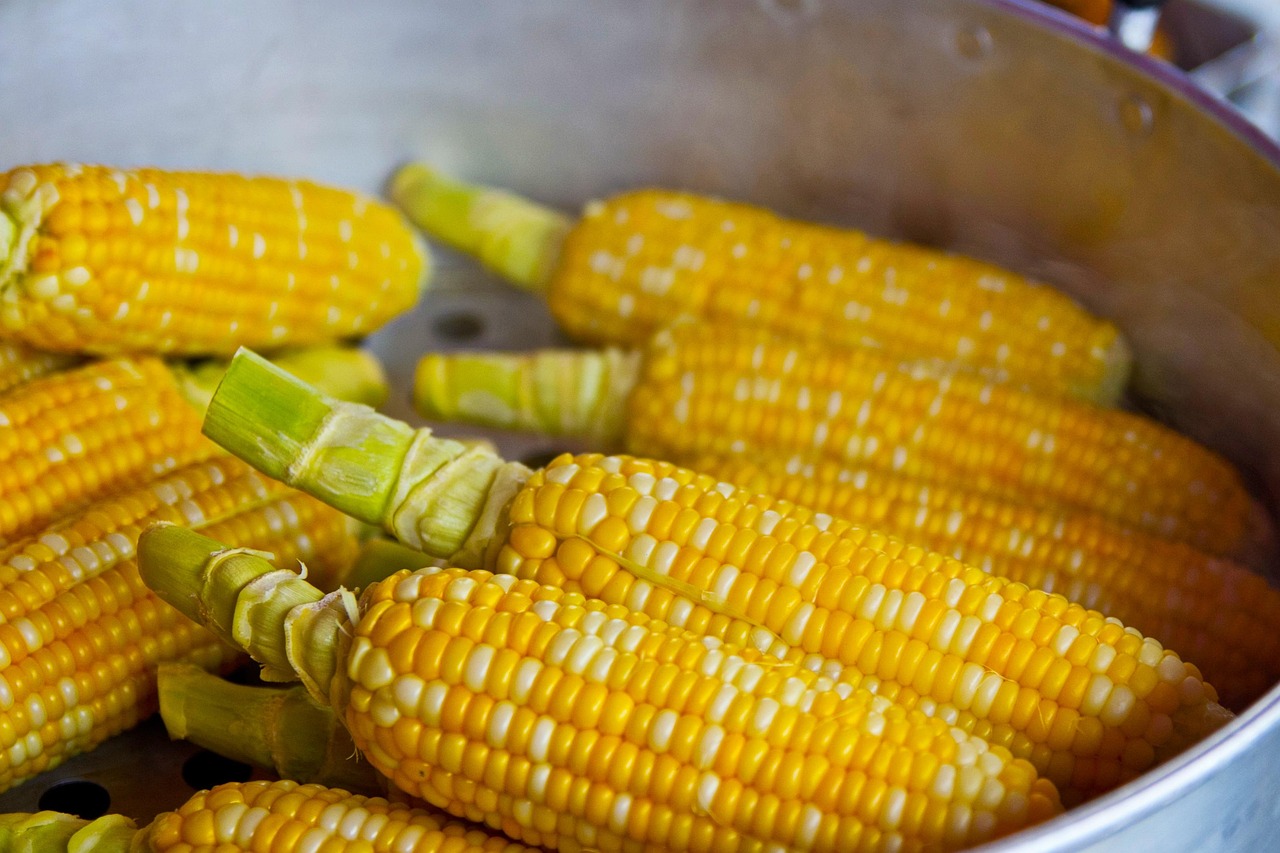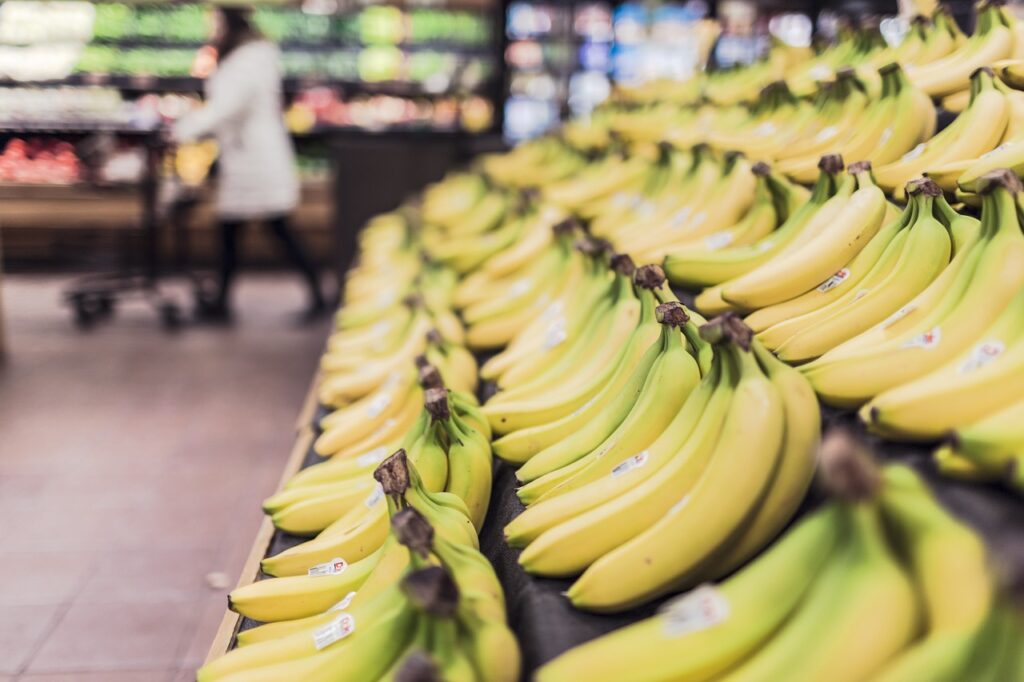Start with a Simple, Strategic Plan
Before you even grab your keys, look at your calendar. What does your week really look like? Late work nights, soccer practice, out of town weekends whatever it is, your meal prep needs to work with that, not against it. If you’re slammed three nights in a row, those complicated recipes can wait. Build your grocery plan around reality, not fantasy.
Next, take inventory. Dig through your pantry, fridge, and freezer. You’d be surprised what you probably already have sitting there. That half bag of quinoa? The frozen shrimp you forgot about? Base your meals around those to save time and money.
Lean into recipes that share ingredients. If you’re buying cilantro, it better show up in more than one dish. Chicken thighs can stretch across tacos, sheet pan dinners, and grain bowls. This kind of overlap means fewer impulse buys and less waste.
Finally, make a shopping list based on your actual meal plan but give it some flex. Prices change. Stores run out. Having a couple of backup meal ideas stashed in your brain (or phone) helps you pivot without panic.
Need help getting started? Don’t miss this Beginner’s Guide to Weekly Meal Planning for Busy Lives.
Shop by Category, Not Aisle
A disorganized list leads to backtracking, missed items, and too many impulse buys. Break your grocery list into simple sections produce, proteins, grains, dairy, pantry. It’s faster, it’s cleaner, and it keeps your head clear while you’re navigating the store. Grouping items this way lets you see duplicates at a glance, so you don’t end up with three bags of spinach when you only need one.
A simple trick: shop the perimeter of the store first. That’s where the fresh stuff lives greens, fruit, meat, dairy. Processed food hides in the aisles. Hit those only if you have a plan. Otherwise, it’s too easy to toss in things you don’t need (or even want). The less you wander, the more you stay on track with both your budget and your meal plan.
Buy in Bulk But Only for the Right Ingredients
It’s easy to get pulled into the bulk section with the promise of savings, but not everything belongs in your cart just because it’s sold by the scoop. Stick with core staples that stretch across meals and don’t spoil in a week think rice, lentils, oats, and canned beans. These are the workhorses. They’re cheap, store well, and flex into dozens of recipes.
If you see a deal on meats or poultry, stock up but have a plan. Break large packs into smaller portions, label them with the date, and freeze immediately. That avoids waste and gives you quick protein options when time is tight.
On the flip side, skip the 10 pound bag of spinach unless you’re feeding a small army or blending green smoothies daily. Bulk produce sounds efficient, but it turns fast. Only buy big if you know exactly how and when you’ll use it.
Bulk doesn’t mean better unless it actually gets used.
Prioritize Ingredients That Have Multiple Lives

Smart meal prep isn’t about buying more it’s about buying better. The key is stocking up on ingredients that can wear several hats throughout the week. Take spinach, for example. It slides easily into salads, but it also bulks up omelets, adds a fresh bite to tacos, and blends clean into a smoothie. Same greens, new context.
Lean proteins work the same way. A rotisserie chicken isn’t just dinner it’s pre cooked gold. Shred it for wraps, tacos, or drop chunks into a grain bowl. One bird, three meals, no extra effort.
Sweet potatoes? Roast a batch on Sunday and use them every which way. Eat them whole, mash them up, or repurpose them into a quick soup with broth and herbs. Minimal waste, more variety.
The goal here is range. Look at everything you add to your cart and ask: can this show up more than once? Because the fewer ingredients you need to buy, the easier and cheaper your prep becomes without getting boring.
Stay Seasonal and Adaptable
Shopping smart doesn’t mean locking into rigid lists it means staying flexible and thinking with the seasons. Local, in season produce tends to be more affordable, plus it actually tastes better. Tomatoes in July? Yes. Strawberries in January? Probably not.
Build a little breathing room into your cart with what we’ll call wildcard space. Maybe it’s for a discounted veggie you didn’t expect or a mood driven swap when you see the week’s fresh catch. Leaving space for change lets you stay realistic and make the most of what’s actually available that day.
Don’t sleep on the frozen aisle, either. Flash frozen vegetables like spinach, peas, and green beans can pack more nutrients than their out of season fresh counterparts. They also reduce prep time and cut down on waste. Trust your instincts. You’re not cheating by using frozen. You’re being efficient.
Don’t Skip These Prep Support Purchases
Smart meal prep doesn’t stop at groceries it starts with the right tools and pantry staples that help you prep efficiently and cook with flavor. A few small investments can dramatically improve your weekly workflow.
Kitchen Tools That Save Time and Sanity
Having the right gear can be the difference between a smooth prep day and kitchen chaos.
Zip top bags: Ideal for portioning ingredients, freezing leftovers, or marinating proteins without a mess
Reusable containers: Glass or BPA free plastic options with airtight lids keep meals fresh and visible
Parchment paper: Line sheet pans to simplify cleanup and prevent sticking during roasting or baking
Flavor Boosters Worth Always Having On Hand
Quick meals don’t have to be bland. Keep a few essentials stocked that can easily elevate any dish.
Lemon juice: Adds acidity and brightness to dressings, marinades, and cooked vegetables
Garlic (fresh or jarred): A go to for instant aroma and depth of flavor
Canned tomatoes: Perfect for soups, sauces, and stews
Low sodium broth: An easy way to add richness to grains, casseroles, or last minute soups
Tools That Make Prep Feel Effortless
Good tools not only save time they make prep less frustrating.
A sharp, reliable chef’s knife: Speeds up chopping and reduces the risk of slipping
A sturdy cutting board: Look for one with a groove to catch juices from fruits or meats
Investing in these essentials once can pay off every single week you meal prep. They’re not only practical they support consistency, which is the true key to eating well long term.
Final Notes for 2026
Leaning on grocery pickup or delivery isn’t just convenient it’s strategic. When you’re not physically walking past every random snack and sale item, you’re far less likely to toss things in the cart just because they look good in the moment. It’s easier to focus on what you planned to buy, nothing extra.
And here’s the honest truth: meal prep doesn’t need to look like a Pinterest board. It’s not about hitting some ideal. It’s about cutting down the chaos Monday through Friday. You’re building habits not chasing perfection. Plan a few reliable meals, get what you need, and leave room to pivot. Smart prepping buys you time, energy, and a bit of sanity. That’s the real win.
